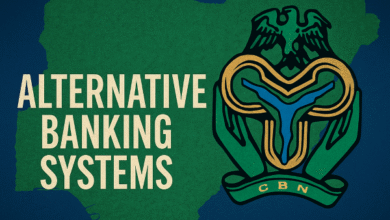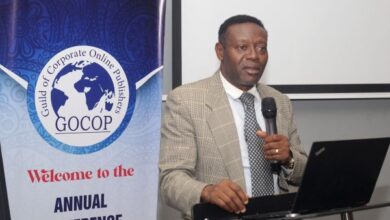Google unveils AI-powered tool for urban growth management, flood preparedness
 Google has unveiled Open Buildings 2.5D Temporal Dataset, an Artificial Intelligence (AI) powered tool to plan for urban growth management and flood preparedness across Africa.
Google has unveiled Open Buildings 2.5D Temporal Dataset, an Artificial Intelligence (AI) powered tool to plan for urban growth management and flood preparedness across Africa.
Mr Abdoulaye Diack, the Programme Manager, Google Research Africa team, who said this in a statement in Lagos on Friday, said the Al-powered tool helped to plan for population growth, respond to crises, and understand urbanisation’s impact.
BRANDPOWERreports that the Open Buildings 2.5D Temporal Dataset can track building changes. This includes estimates of building presence, counts, and heights, and works between 2016 and 2023.
Diack noted that the Open Buildings Project was an initiative to solve major issues of villages and towns in Africa that were not being on the map.
Nigerians search on AI increases by 130%, says Google
According to him, by 2050, the world’s urban population is expected to grow by 2.5 billion, with nearly 90 per cent of that growth happening in cities across Africa and Asia.
He added that to keep up with this rapid urbanisation, governments, humanitarian organisations and researchers needed accurate information on buildings and infrastructure.
“This data helps to plan for future growth, respond to crises and ensure resources are distributed fairly but in many parts of Africa and the Global South, this vital information is outdated or simply unavailable.
‘’That is why Google launched the Open Buildings project in 2021. It started at the AI Research Lab in Accra, Ghana, and has helped map 1.8 billion buildings across Africa, Asia, Latin America and the Caribbean about 40 per cent of the globe.
‘’This data has been used by governments, Non Governmental Organisations (NGOs) and researchers to improve services and respond to disasters.
‘’Now, we are expanding this effort with the Open Buildings 2.5D Temporal Dataset, which does not just map buildings, it shows how they change over time and estimates their heights,’’ Google official said.
According to him, governments and organisations can use this data in various ways such as flood preparedness.
“In flood prone areas, accurate data can help authorities predict which buildings and neighbourhoods are most at risk.
“The data can also be used for urban growth, in cities like Kumasi, Ghana, which has seen rapid expansion; this data allows city planners to better manage resources and infrastructure.
The programme manager said that it could also be used for disaster recovery.
According to him, in places like Palu, Indonesia, where a tsunami struck in 2018, this data showed how the built environment changed before and after the crisis, helping rebuild communities more effectively.
“It helps governments, humanitarian agencies, and researchers to ensure that everyone is counted and represented.
“With this new dataset, Google is giving these organisations better tools to plan for the future, respond to crises, and support communities in need’’.











